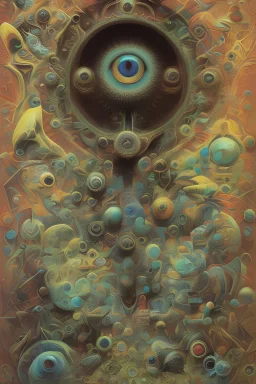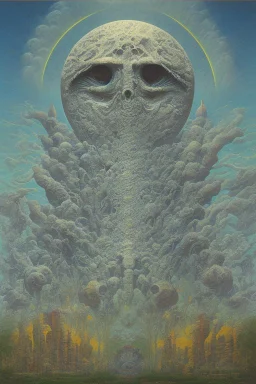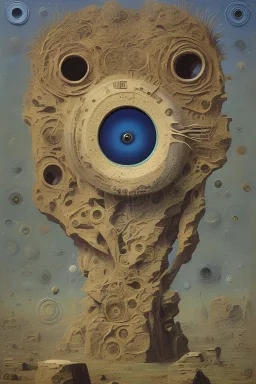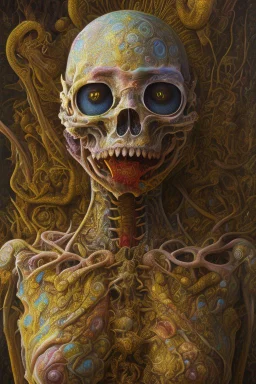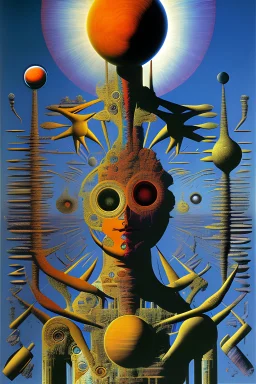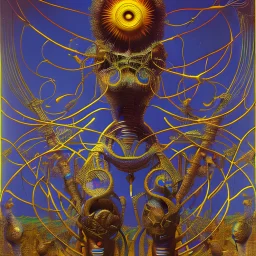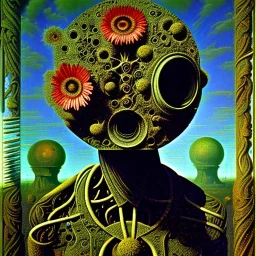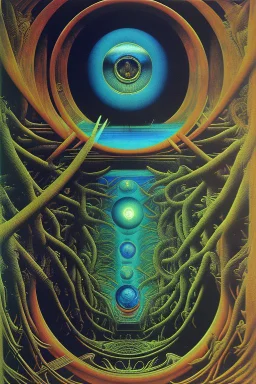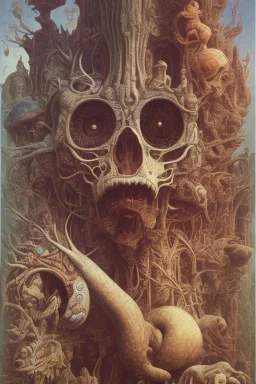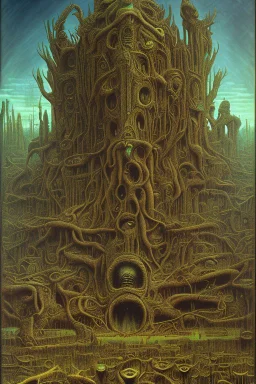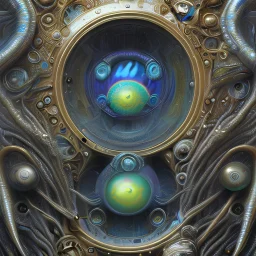
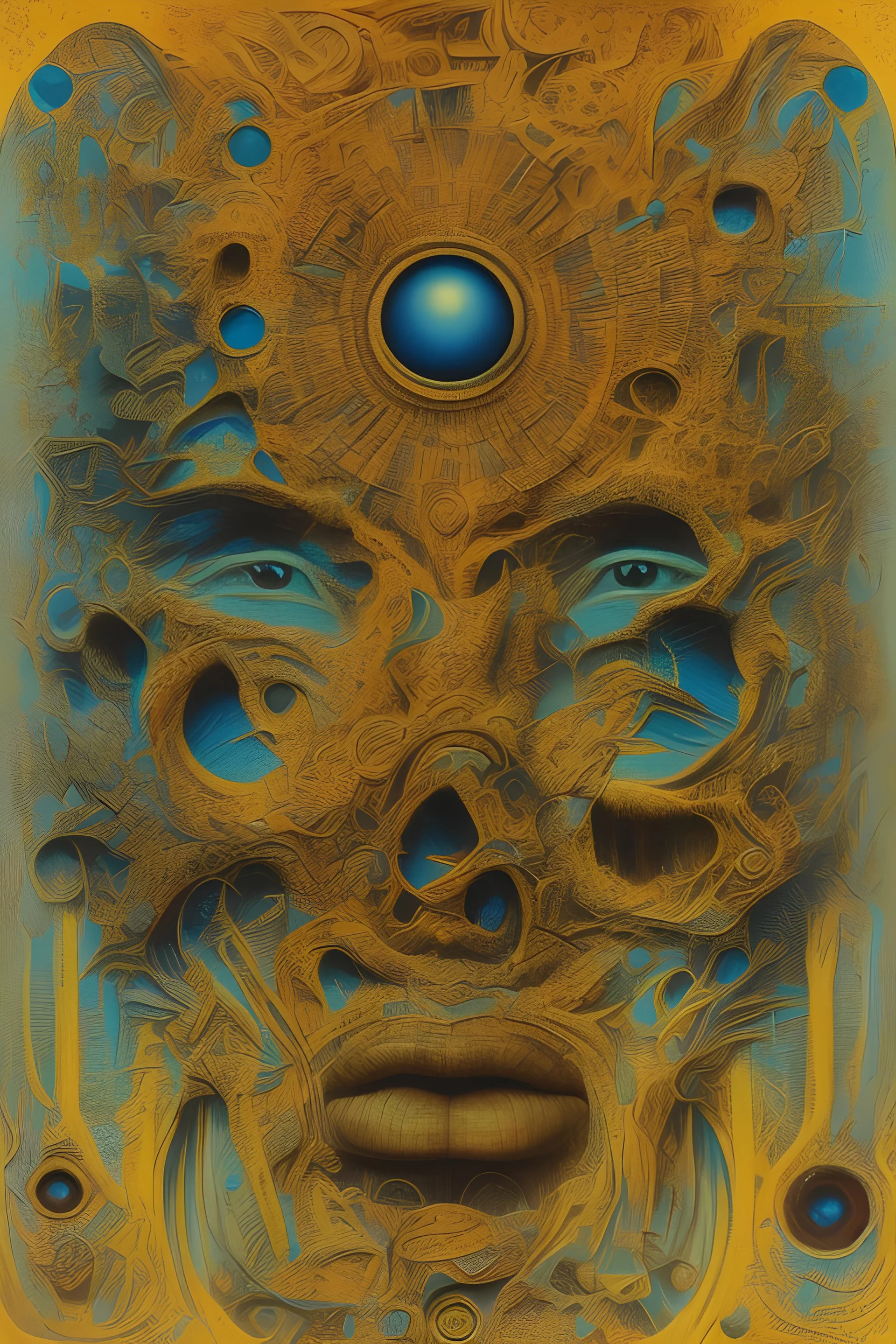
@Mabaaigen
Prompt
For The Eye of Silence Max Ernst employed a technique called decalcomania to create arbitrary textures on the canvas, which he then reworked to resemble rock formations and forms of animals, plants.cThe imagery on the surrealist canvas has been described as a primordial-like landscape. The Eye of Silence has also been described as, "part vegetation, part rock and part bejewelled
3 years ago
Model
Openjourney
Guidance Scale
7
Dimensions
2048 × 3072
